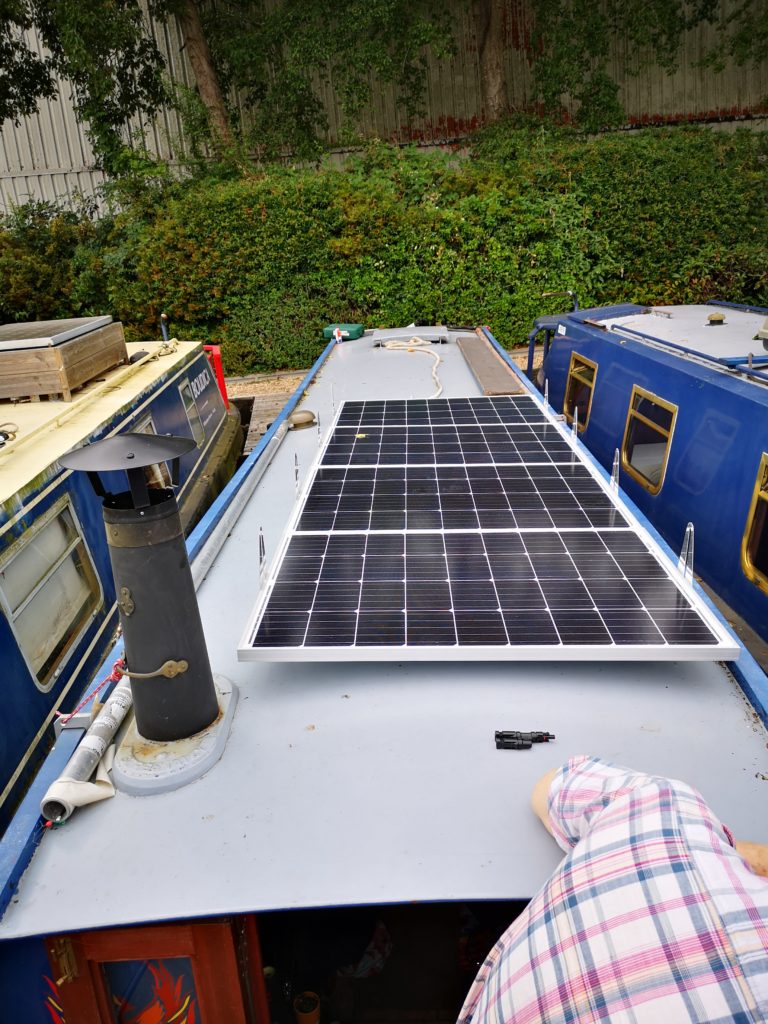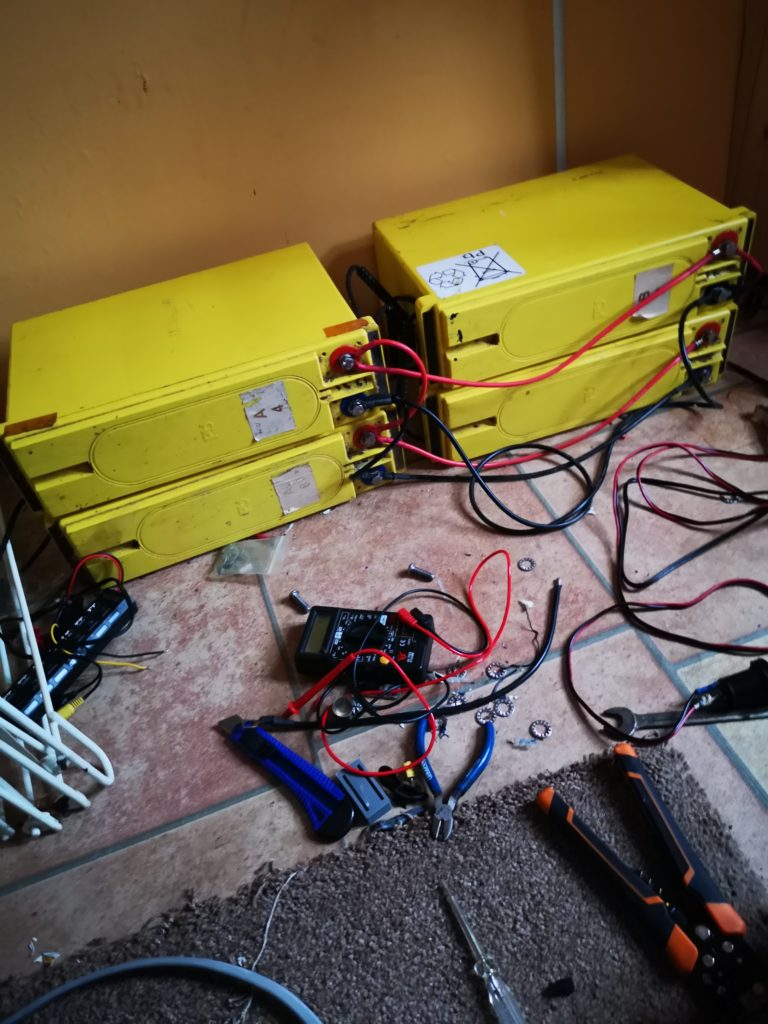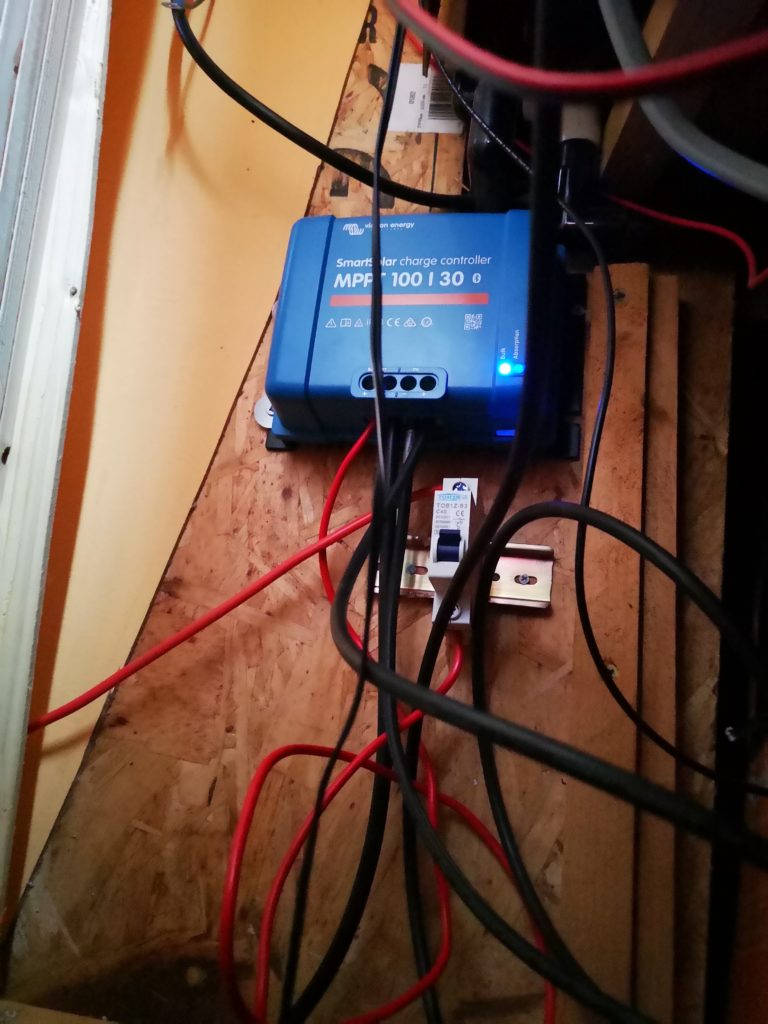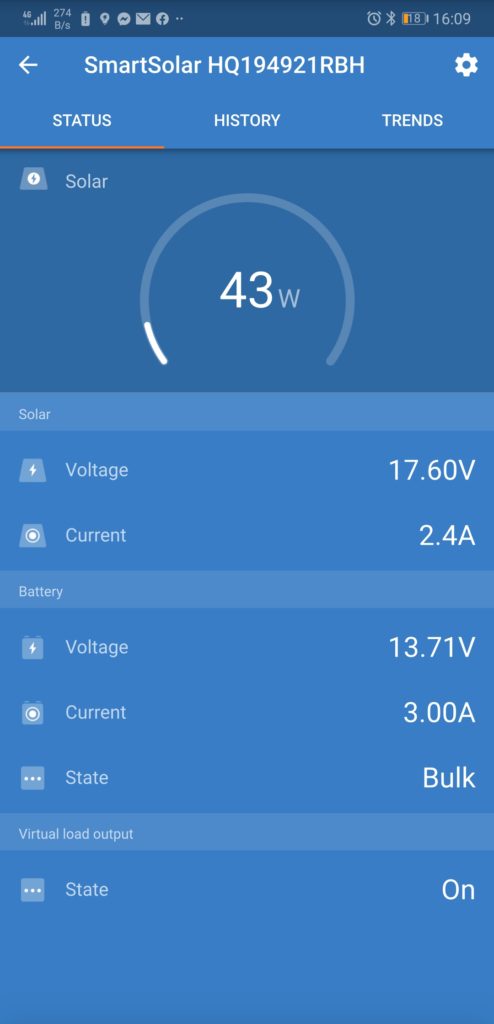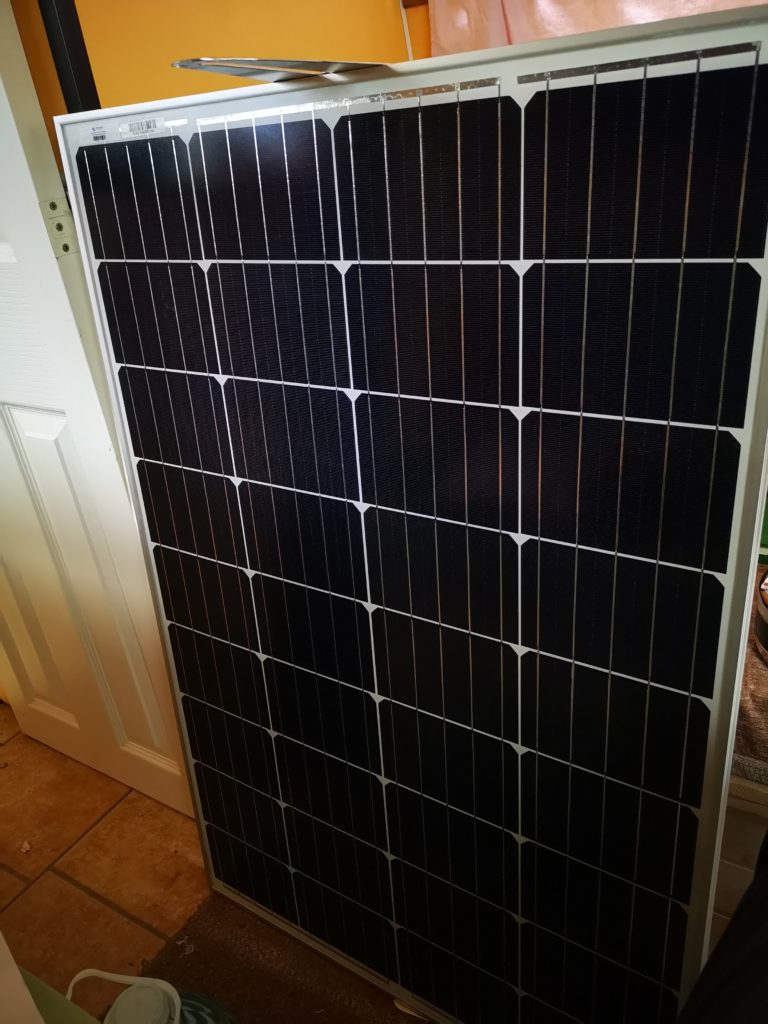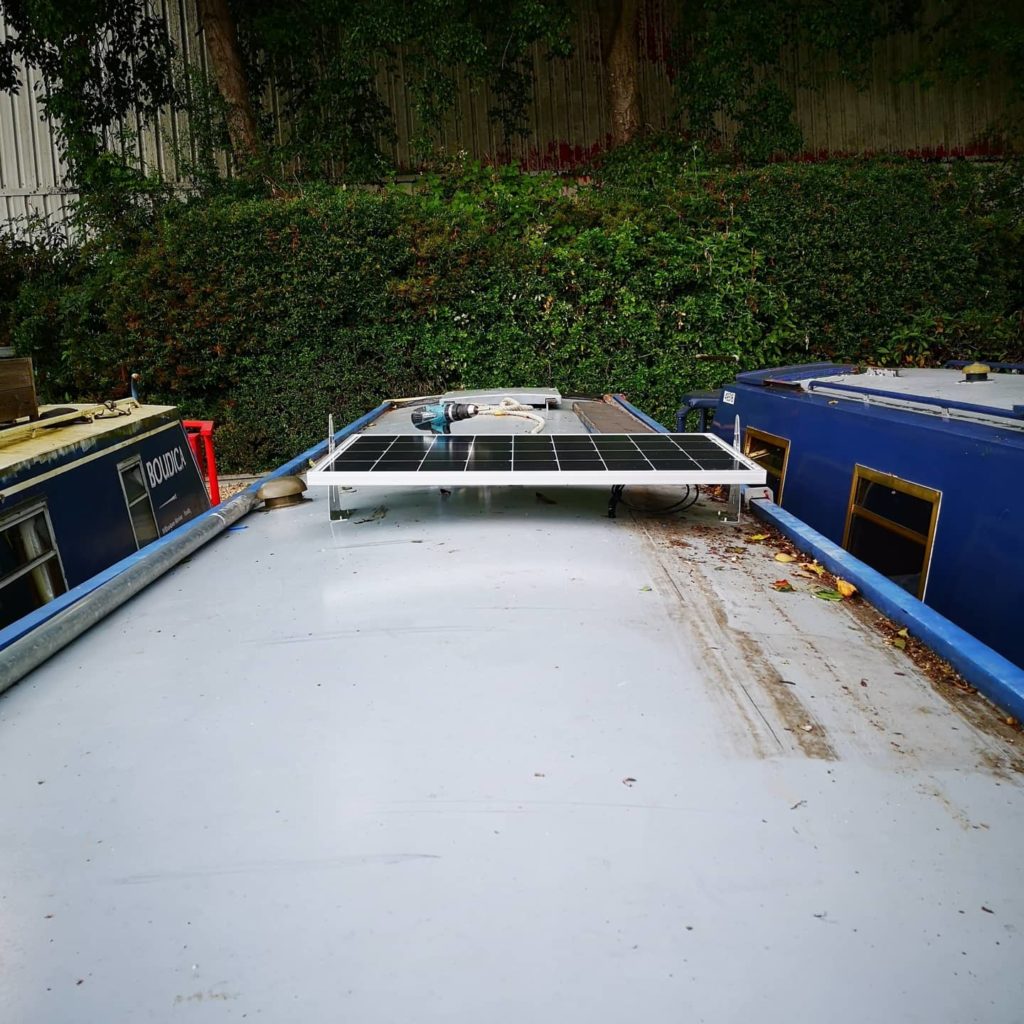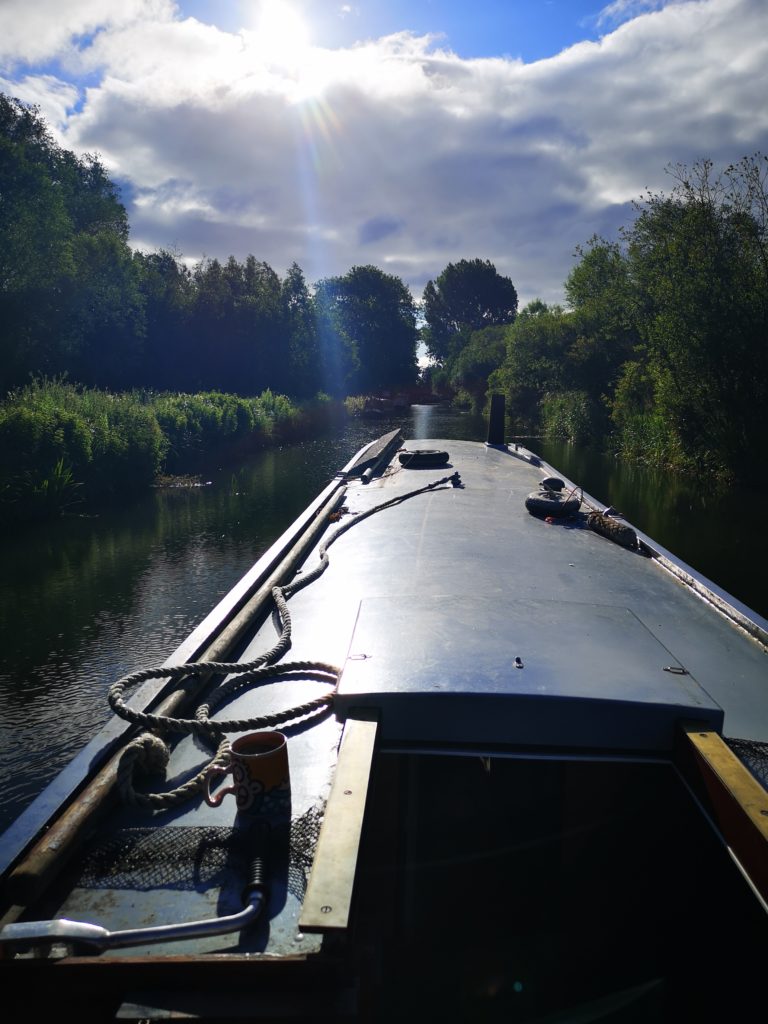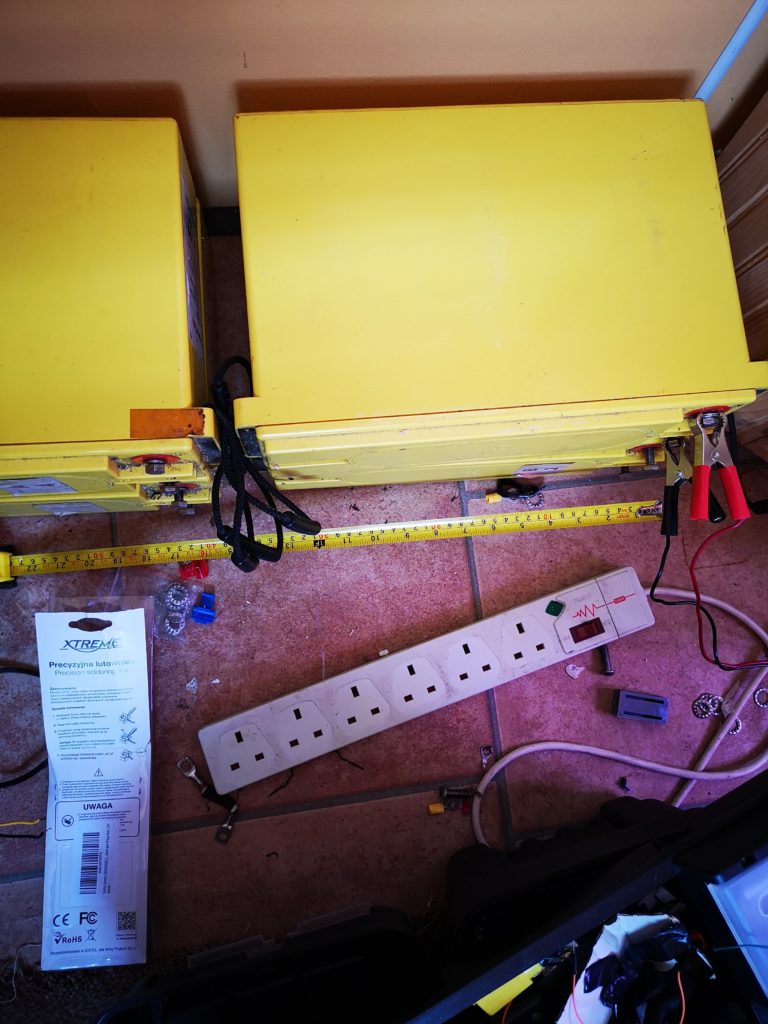Over the past month or so, I have been out on Phoenix (The electric Narrowboat – do keep up) and on the last return voyage, I noticed the “normal” knock was getting louder.
This is a concern but probably never heard if an engine is installed on your boat but all new knocking noises are really apparent in an electric drive situation.
Mainly because there isn’t that ongoing, constant peace killing, thumping diesel or other engine involved. So the upshot is that if the tap starts dripping or, like now, a rotating knock is heard, then you can stop earlier and check things out.
It does though create a huge paranoia though as you begin to think that if *anything* is causing friction on the propeller shaft then the batteries and motor are having to work harder potentially and in doing so, reducing the distance you can travel on that charge.
Its a juggling game of movement and power
Due to the nature of the beast, Phoenix uses large amounts of battery power to move.
She currently has five 12v batteries that are linked together to create 60v for driving her. These batteries are not light as they are not your normal car batteries (Think industrial use like London Buses etc) and they are designed to take the harsh environment they find themselves in and the random but regular demands on them.
In order to move Phoenix, these batteries need to be charged up and this is something of a talking point for others and I as there are two types of electric boats. One uses a dual drive system that allows the captain to choose either a diesel engine or an electric motor to turn the propeller shaft (using complicated clutch mechanicals) or they are motor only with a diesel generator to charge batteries while not it use.
I, personally, like the second type as that is what Phoenix is. She drives on her main drive batteries and they’re charged via the generator when we are moored up (and Phoenix occupants can go for a walk).
What this means is that Phoenix will run completely silent (ok, there is water noise and the whirring of the motor and gear) until she needs to stop for charge.
If, we travel for 5 or 6 hours (depending on lock numbers etc) then she will need charging for about 8 hours with the current charging systems in place.
6 hours moving, 8 hours stopped?
It isn’t an exact science. The factors are huge. For arguments sake, you have a non-flowing (i.e canal not river) and you want to travel, then you can do that for 6 – 9 hours but, should there be a flow against you or if there are times when your propeller drives “through something” then your 9 hours drops as the motor and batteries work harder. It kind of adds to the excitement of narrowboating as I don’t always know or can guarantee that Phoenix will make it to a point on the map regardless of how many daylight hours are left. Which is a change from the normal engine boats.
So, the solution is to move as far as you want and leave some charge in the batteries. No one said that canal journeys need to be from one village to the next or the one after. Its about travelling along and enjoying the scenery and the environment itself.
Once, I decide where and when Phoenix and I will stop, I power Phoenix drive down and isolate all the batteries (they have handy twist knobs on the batteries to do this) and I hook up the chargers to the generator and start it up.
This is the only time that Phoenix is making any engine noise. Once the generator is on, it is possible to watch TV or listen to music on the front without having to listen to the generator. There is also the opportunity to go for a walk or just only charge for a an hour or so. Then chill out enjoying where you are in silence again.
Your Boat stinks, it is noisy and pollutes our planet!
This whole debate on if its better to travel silent and then make noise at the mooring is ongoing but as far as I can see it, a “normal” diesel powered craft is mostly in idle the entire time it is on. This is hugely inefficient as diesels burn much larger amounts of diesel in idle (4-9Mpg, yes 4 miles per gallon!) and yet they will do this for decades with maintenance.
The electric drive solution on Phoenix means that I can travel and listen to the birds, the crew can hear me and I can hear them. Coffee orders are never missed 🙂
Most importantly though, Phoenix uses a diesel generator that because of its job runs at a much much higher rev range than the average diesel powered narrowboat and as such it actually more fuel efficient.
To the Future and Beyond!
The future for Phoenix is new batteries and much more wiring works to get her to a fully turnkey solution.
The generator currently lives on deck but that will change soon and I’m excited for that to happen now.
Hopefully the knocking on the propeller is an easy and quick fix but I’ll document as much as I can.
What do you think the knock is in the video?
Do you own a narrowboat or have experience in this field?
Sign up to the newsletter for regular updates to your inbox and leave your thoughts in the comments box. ?

